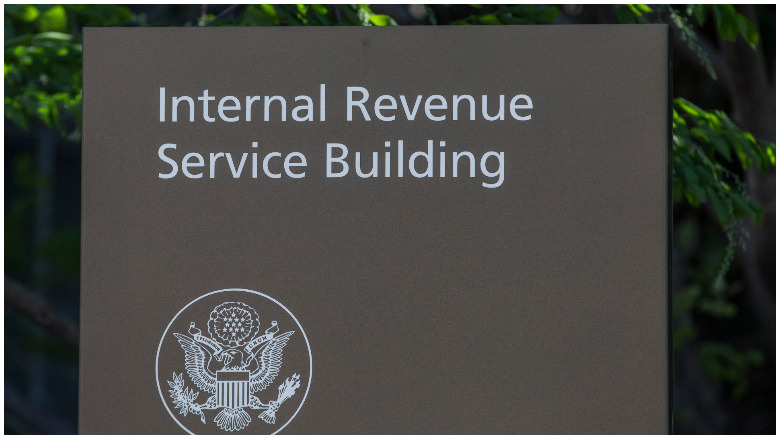
As many as twelve million Americans are still awaiting their $1,200 coronavirus stimulus check, according to a recent estimate by the Center on Budget and Policy Priorities.
Those who have not yet received a stimulus check include individuals who haven’t worked for a long time (or at all) and low-income adults and families.
If you have not worked in a long time and are not receiving government benefits, according to The Motley Fool, it’s possible you are not in the U.S. Treasury’s system. And those who earn less than $12,200 (single) or $24,400 (joint), are not typically required to file a tax return. Without a tax return, the IRS does not know where or how to locate you to send your check.
‘Aggressive’ State Outreach
The Center on Budget and Policy Priorities states that governors and other state officials “can play a central role in reaching these 12 million individuals…” They add that approximately 9 million of the 12 million individuals who have yet to receive a payment participate in SNAP (formerly food stamps) or Medicaid.
The outlet writes, “Twenty-seven percent of the 9 million people are Black — higher than their share of the U.S. population (12 percent) — while another 19 percent are Latino. Ensuring that low-income people of color receive the payments for which they qualify is especially important given emerging evidence that they are being hit hardest by both the economic and health effects of the pandemic.”
Aggressive outreach will be needed to inform those eligible individuals of the steps they must take to receive their stimulus money. Forbes suggests community leaders and employers reach out to their low-income earners, essential workers, and those recently unemployed who earn less than $12,200 as an individual or $24,400 as a married couple.
As The Washington Post points out, you do not need earned income or a job to qualify for a stimulus payment — low-income, no-income and homeless people are all eligible to receive a check.
October 15 Deadline
The IRS has instituted a deadline of October 15 for these individuals to provide their info to the IRS. This can be done either by filing a 2019 tax return or using the IRS “Non-filer” tool.
The “Non-filer” too was created with the help of the Free File Alliance and is available in both English and Spanish. The tool is intended for those who did not file a tax return in 2018 or 2019, those who don’t receive Social Security retirement, disability (SSDI), survivor benefits, supplemental security income (SSI), Railroad Retirement benefits, or Veterans Affairs Compensation and Pension (C&P) benefits.
As a reminder, the following are eligible for an Economic Impact Payment:
– U.S. citizens, permanent residents, resident aliens, or qualifying resident aliens
– Those who have a Social Security number that is valid for employment
– Those who could not be claimed as a dependent by another taxpayer
– Those who have an adjusted gross income under a certain bracket/level
The earlier you sign up, the quicker you can get expect your stimulus check.
READ NEXT: COVID-19 Stimulus Check: Will There Be a Second Round Payment? [LATEST UPDATE]